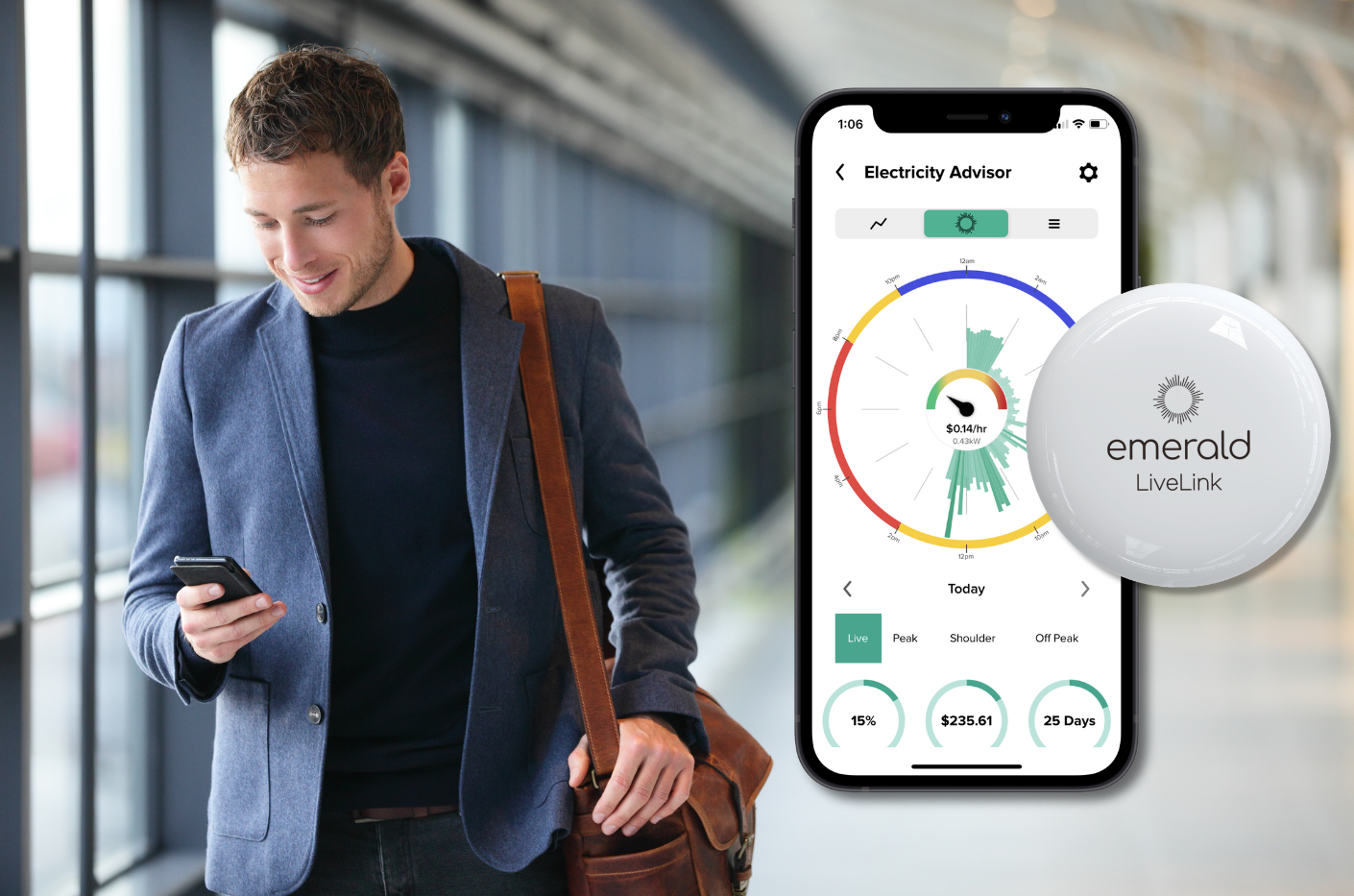
Top 3 Cheapest Heaters to run
With winter well and truly here and energy costs through the roof, finding a cost effective way to heat your home could make a big difference in your bills; In fact, the average Aussie household spend 40% of their energy use on heating.
How do different heaters compare
Choice magazine conducted a study comparing the running costs for heating a small room for six hours a day over 12 weeks in winter.
In a small room (10-20 square meters) a small gas heaters cost $212 to run while a portable electric heater costs $312; The cheapest option to run at $113 is a reverse cycle air conditioner. Source Choice Magazine
| Heater Type | Running cost/500 hours |
|---|---|
| Small gas (1.5kw) | $212.50 |
| Portable electric heater (2.4kw) | $312.50 |
| Small reverse-cycle air con (3.5kw) | $113.83 |
They are indicative costs only, and it is essential to remember that your running costs will depend on your home, climate and the prices you pay for electricity and gas.
1) Reverse Cycle Air Conditioners
Reverse cycle air conditioners are efficient because they use heat pump technology, allowing air conditioners to extract heat from ambient air and move it inside your home to keep it warm in winter. Because moving ambient air doesn’t require a lot of energy, reverse cycle air conditioners use less energy to heat your home.
There are three main types of air-conditioners you can get. Split systems are designed for individual rooms in your home, with the compressor installed outside your house and the indoor unit often mounted on a wall. A multi-split system allows you to run multiple air conditioners with one outside compressor, giving you independent temperature control over each room. Finally, a ducted air conditioning system enables you to heat parts or zones of your home. If you have a large house with rarely used spaces or rooms, a ducted air conditioning system zoned into different spaces or rooms, will reduce the running cost as it is cheaper to heat a room than the whole house.
2) Gas heaters
According to Choice magazine, a gas heater may be cheaper to run than a portable electric heater. Gas heaters can either run from reticulated natural gas or bottled LPG. Be sure to choose a suitable model for the gas available in your home, as the heater designed for natural gas won’t work with LPG or vice versa. Gas heating produces some waste products, including harmful fumes such as carbon monoxide and nitrous oxide. Flued gas heaters and central ducted gas heating direct their fumes outside through a flue or pipe, removing most of the carbon monoxide and water vapour from your home; however, this can create heat loss, reducing the efficiency.
For this reason, having your gas heaters serviced every few years is recommended to ensure they are operating effectively and safely. Never use an outdoor gas heater for indoor heating as the emission standards of an outdoor heater are not the same as an indoor gas heater, and levels of harmful carbon monoxide of an outdoor heater can be dangerous when used inside. It is also helpful to have a carbon monoxide alarm that can alert you when there are dangerous amounts of fumes.
3) Portable Electric Heaters
If you are looking at heating a room with the added benefit of portability, portable electric heaters can be cheap to buy; however, they are often more expensive to run and, depending on your room, can be less effective at heating. If, however, you have a small enclosed space like a bathroom or a bedroom, an electric heater could be effective in heating, particularly one with a fan and a thermostat.


